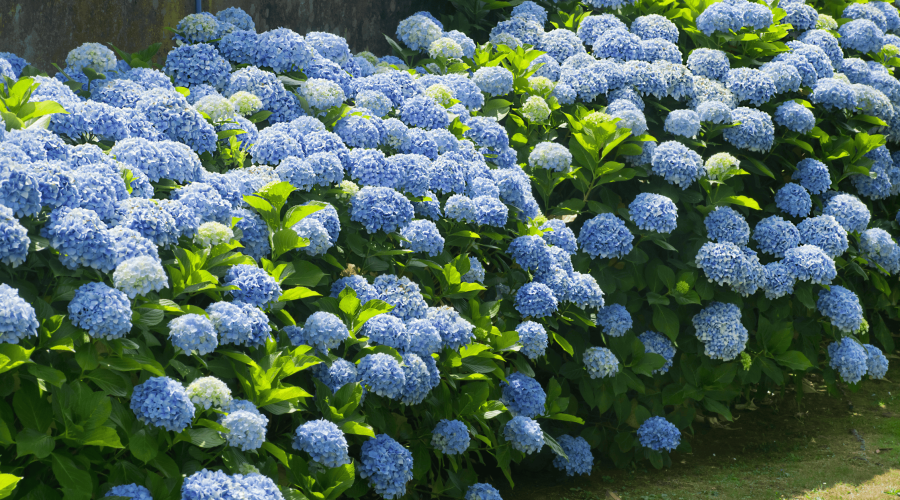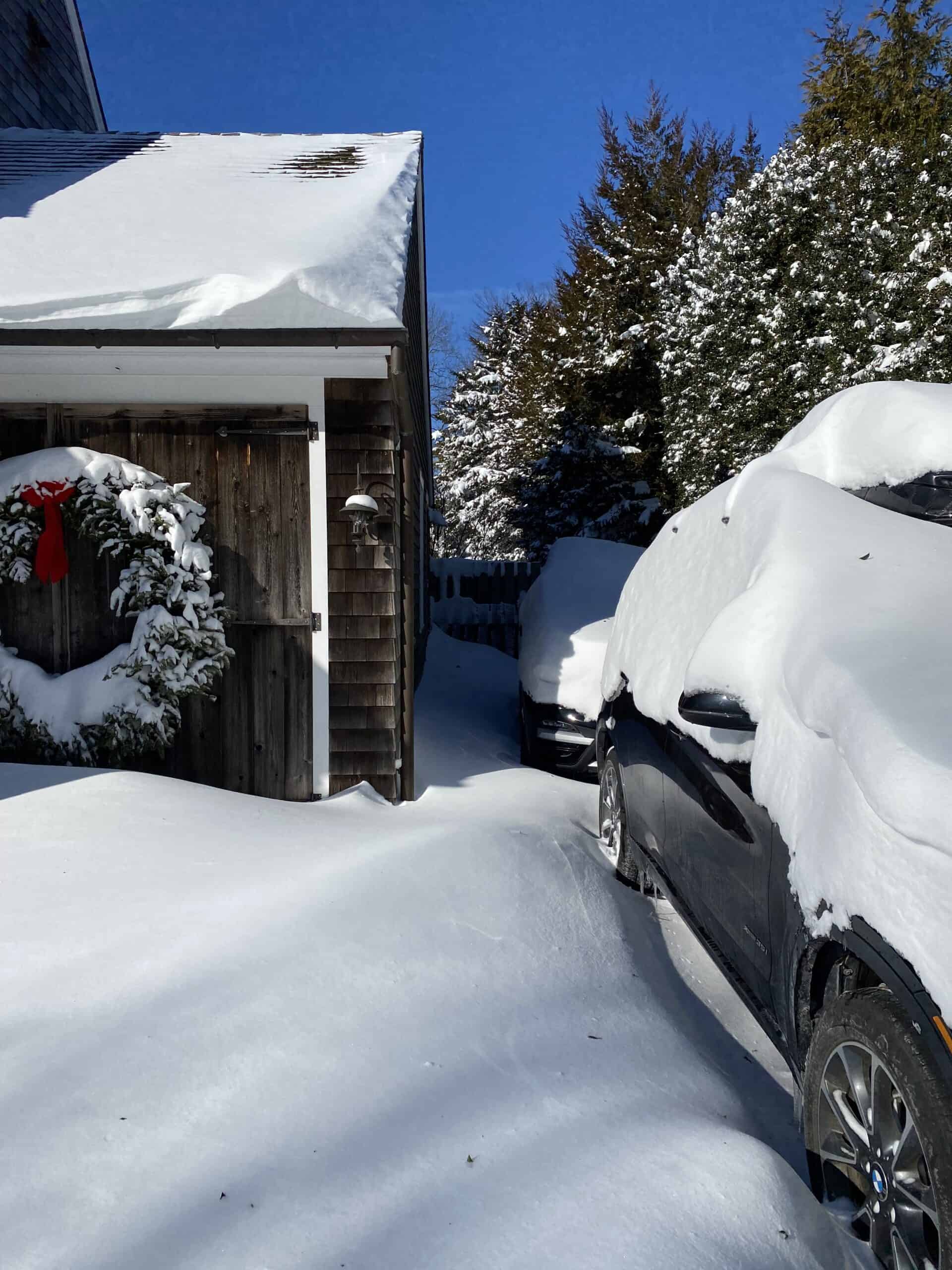Should You Prune Hydrangeas When They Look Dead?
We all love big, bold, beautiful hydrangeas; they are an iconic centerpiece of a traditional Hamptons landscape. Large blue and pink spherical blooms, pillowy white flower puffs, conical florets, and lacy whites and pink sprays, hydrangeas add different pops of color in varying shapes and sizes around your yard. However, all this comes from a variety of hydrangea that all require different care to ensure big, beautiful blooms every year.
Proper irrigation and fertilization are essential for healthy hydrangeas and knowing when to prune or “deadhead” your hydrangeas is equally as important. There are six typical varieties of hydrangea you may find around your Hampton’s yard, and they can be broken into two groups those that bloom on old wood and those that bloom on new growth:
Old Growth Bloomers – These tend to bloom late in the growing season and then spend their energy on forming buds for next season. If you prune these after the blooms are spent you are at risk of cutting off next year’s buds and therefore, it is not recommended to prune old growth bloomers in the late summer or fall.
- Big Leaf – Lining driveways and homes with big blue and pink blooms, Big Leaf hydrangeas are the most popular variety in the area.
Note: Typically bloom on old growth, however, cultivar development has resulted in some commercially available varieties that bloom on both old and new growth.
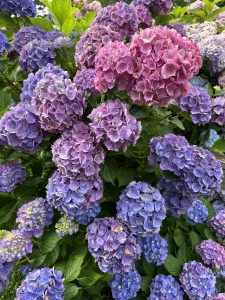
2. Mountain – A shrub variety with delicate lacy flowers like climbing hydrangeas.
Note: Typically bloom on old growth, however, cultivar development has resulted in some commercially available varieties that bloom on both old and new growth.
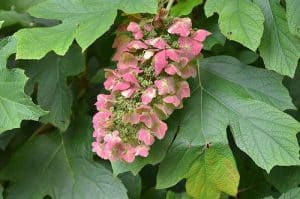
3. Oak Leaf – This shrub variety has leaves that resemble oak leaves in shape and in photoperiodism, the leaves change to deep reds and oranges in the fall.
Note: Bloom exclusively on old growth
4. Climbing – A nice accent on fences and arbors, climbing hydrangeas produce lacy white sprays like those of the Mountain variety.
Note: Climbing hydrangea are slow and steady ramblers that require very little pruning, however, you can safely deadhead spent blooms in early summer without harming next season’s bud growth.
New Growth Bloomers – New buds form in the spring on new growth so there is no risk of cutting off next year’s buds if you want to clean up spent blooms in the fall. To properly prune or deadhead a new growth bloomer locate a spent bloom and follow the stem down from the bloom to the first set of full-sized leaves and make your cut just above the leaves.
5. Panicle – Conical shaped white flowers on a plant that can resemble a shrub or tree with some pruning.
Note: Bloom exclusively on new growth from current growing season
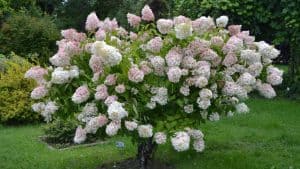
6. Smooth – Deep green foliage with large white spherical flower blooms; considered one of the most shade tolerant varieties of hydrangea.
Note: Bloom exclusively on new growth from current growing season
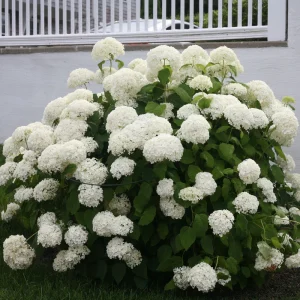
Only your new growth blooming hydrangeas (Panicle and Smooth) are suited for deadheading if you’d like to tidy up your late summer yard. Your restraint and patience will be rewarded with beautiful Hydrangeas next season.

